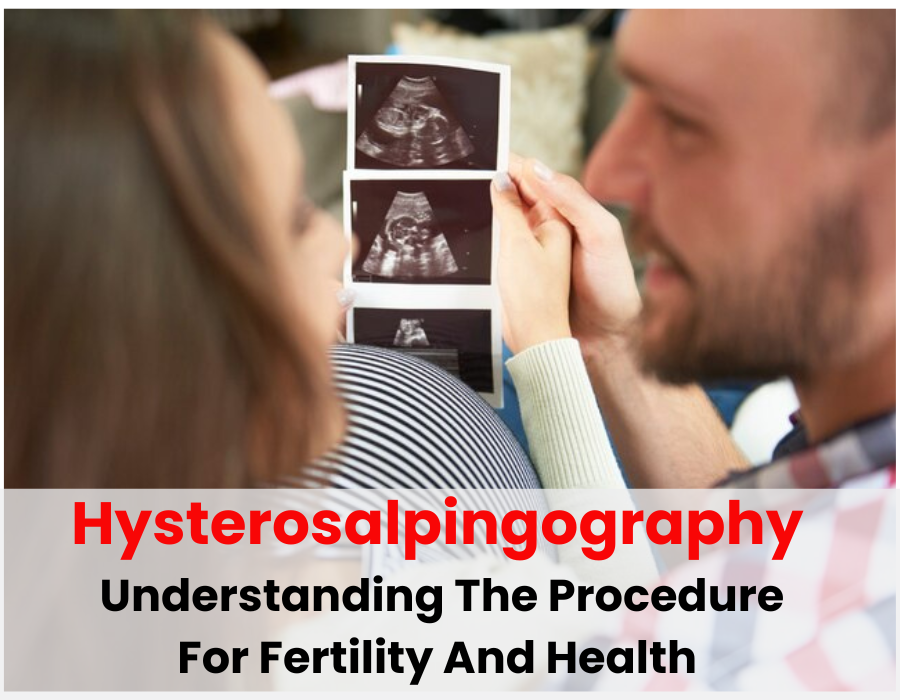Being aware of the intricacies of fertility and health is crucial when you want to become a parent. Diagnostic procedures are crucial to this quest, including Hysterosalpingography (HSG). Here is an overview of the procedure, potential risks, and expectations associated with this fertility-enhancing method.
What is Hysterosalpingography?
A hysterosalpingogram, also known as an HSG, is a specialized radiologic procedure that examines the uterus and fallopian tubes for health and disease. In this fertility diagnostic test, a contrast material is injected into the uterine cavity so that X-ray images can be captured. The purpose of this is to gain an understanding of the structure and functioning of the uterus, as well as the patency of the fallopian tubes.
Procedure of Hysterosalpingography
The HSG procedure typically begins with the patient lying on an examination table. After a thorough cleansing of the cervix, a thin tube is carefully inserted into the uterine cavity. A contrast material is then injected through the tube, filling the uterus and fallopian tubes. X-ray images are captured in real time, providing a detailed view of the reproductive organs. The entire process usually takes around 15 to 30 minutes, making it a relatively quick and efficient diagnostic tool.
What Should I Expect After the Procedure?
After undergoing HSG, you may experience mild cramping and spotting for a couple of days afterward. It is also possible for some women to experience an increase in vaginal discharge for a brief period of time. It’s advisable to avoid strenuous activities and sexual intercourse for a short period after the procedure. Whenever you are experiencing persistent or severe pain, contact your healthcare provider immediately.
What are the Risks Associated with HSG?
The procedure of Hysterosalpingography carries some risks, as does any medical procedure. Infection is a rare side effect, but it can occur when the contrast material reacts with the body. Minor discomfort is the most common side effect, and allergic reactions are also common. It’s important to discuss your medical history and any concerns with your healthcare team before undergoing the procedure. Serious complications are rare, but it’s essential to discuss them beforehand.
Conclusion
Hysterosalpingography is a valuable diagnostic tool for understanding fertility and maintaining reproductive health. This procedure helps healthcare professionals identify potential problems with fertility by giving a clear picture of the uterus and fallopian tubes. It is true that this procedure has some risks, but these are generally minimal when compared with the valuable insights gained as a result. If you’re dreaming of becoming a parent or curious about your reproductive health, HSG could be the secret to discovering important information on your path to starting a family.
Recognizing the importance of Hysterosalpingography gives you the knowledge to make smart choices about your reproductive health. It is important to remember that knowledge is powerful and that medical professionals, like Dr. Sonal Katarmal, a gynecologist in Pune at Fem Care Clinic, are there to guide you.

